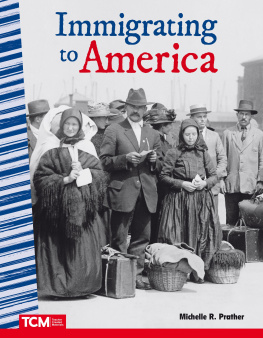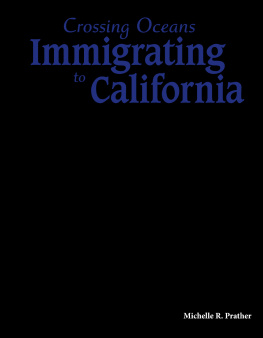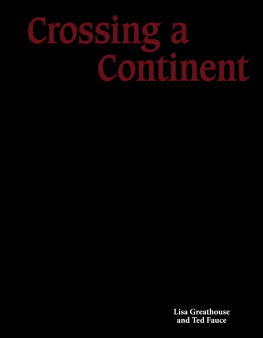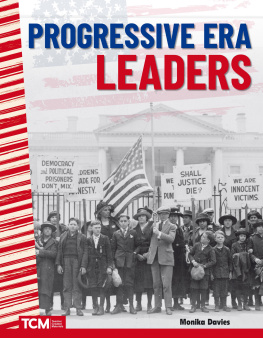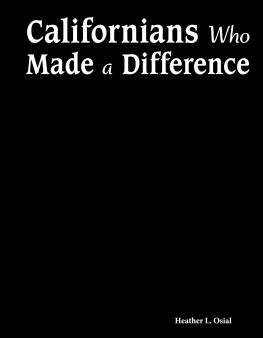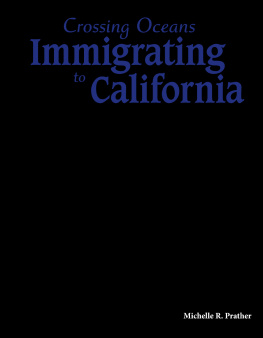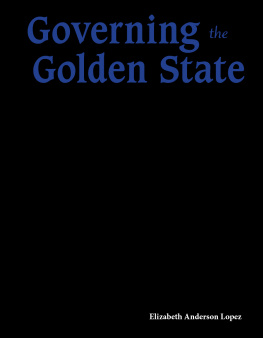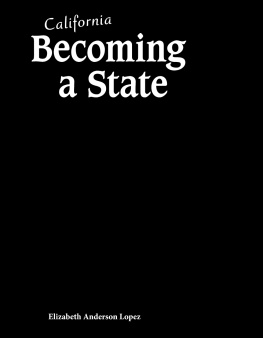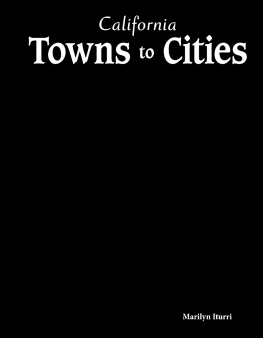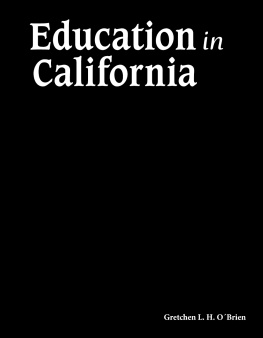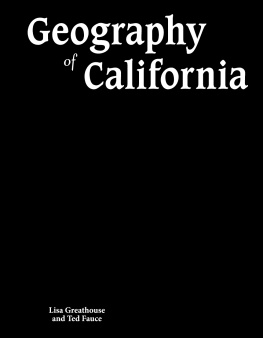
Consultant
Jennifer M. Lopez, NBCT, M.S.Ed.
Teacher SpecialistHistory/Social Studies
Office of Curriculum & Instruction
Norfolk Public Schools
Publishing Credits
Rachelle Cracchiolo, M.S.Ed., Publisher
Emily R. Smith, M.A.Ed., VP of Content Development
Vronique Bos, Creative Director
Robin Erickson, Art Director
Michelle Jovin, M.A., Associate Editor
Lee Aucoin, Senior Graphic Designer
Image Credits: front cover, p.1, p.6 (right), p.11 (left), p.15 (middle) Everett
Historical/Shutterstock; pp.23 Library of Congress [LC-USZ62-38214]; p.4
Library of Congress [LC-DIG-stereo-1s08151]; p.5 (left) Joe Raedle/Getty
Images; p.7, p.9 (left) SSPL/Getty Images; p.8 Granger; p.9 (right) Zeno.
org; p.10, p.23, p.25 (bottom), p.27 (top) U.S. National Archives; p.11 (right)
Library of Congress [LC-USZC2-780]; p.12 Corbis via Getty Images; p.13 (top)
Boulder County Latino History; p.13 (bottom) Library of Congress [LC-USF34-
009869-C]; p.14, p.15 (top, bottom), p.16, p.19 New York Public Library;
p.17 (top) South Asian American Digital Archive; p.17 (bottom) Library of
Congress [LC-USZ62-22339]; p.18 BnF Gallica; p.20 (insert) Library of Congress
[LC-USZ62-86667]; pp.2021 Santa Barbara Museum of Art; p.21 (top) Sean
O'Neill via Flickr; p.22 (left) Simon Allardice via Flickr; p.22 (right) National
Library of Medicine; p.24 Library of Congress [LC-DIG-highsm-25218]; p.25
(top) Bettmann/Getty Images; p.26 Joseph Sohm/Shutterstock; p.27 (bottom)
Maryland State Archives; p.28 Library of Congress [LC-DIG-ppmsca-51996];
p.29 National Park Service, Statue of Liberty NM; p.31 Library of Congress
[LC-USF34-018215-E]; p.32 krblokhin/iStock; all other images from iStock and/or
Shutterstock.
5482 Argosy Drive
Huntington Beach, CA 92649
www.tcmpub.com
ISBN 978-1-4258-5063-0
2020 Teacher Created Materials, Inc.
This book may not be reproduced or distributed in any
way without prior written consent from the publisher.

A New World
It was very disruptingto pack and break up your
home. Oh, we tookclothing and some pieces of
chinaa blanket or two also that were real good
wool, that we felt maybe we may not be able to get
here in the United States.
Emma Greiner
It was 1925. Eleven-year-old Emma Greiner and her
twelve-year-old brother, William, traveled to the United
States from Italy. Their father had immigrated about five
years earlier, and he missed them a lot. Emma and William
had their aunts and each other. But they were about to
leave behind a lifetime of memories.
Early twentiethcentury immigrants
wait to enter the United States.

For hundreds of years, people from
around the world have done just that. They
have moved to the United States seeking
freedom and better lives. The risks can
be great, and the journey can be difficult.
Success isnt guaranteed. But people still
hope for better lives when they make the
brave and life-changing move.
Whats the Difference?
The terms emigrant and immigrant
are not the same. The term
emigrant is used to describe
someone who moves away from
a country. For example, people
can emigrate from the United
States to other countries. The
term immigrant is used to
describe someone who moves
to a new country, such as a
person immigrating to the
United States from a different
country. Both terms have
migrant as their base, which
means one who moves.
The early twentieth century saw a flood of
immigration to the United States. Between
1880 and 1930, more than 27 million people
made the tough journey. These people
shaped the countrys languages, traditions,
politics, and economy . If they had not made
the United States their home, the country
would look very different today. Those
people changed the United States forever.
A group of modernday immigrants
become U.S. citizens.

A Changing Nation
A Global Empire
The Russian Empire
existed for nearly
two hundred years. It
was absolutely massive.
The empire covered about
onesixth of all land on
Earth. At its peak, the
Russian Empire covered
much of Europe, Asia, and
even part of North America.
The empire finally broke up
in 1917.
Changing Laws
In 1921, the U.S. government
passed the Emergency Quota
Act. This act set quotas, or limits,
on the number of immigrants
allowed into the country each
year. This law was a response to
the increasing number of new
immigrants, specifically Jewish
immigrants. Their quotas were
much lower than those of other
immigrant groups. This racist law
stayed in place until 1965.
Most early twentieth-century immigrants to the
East Coast were from southern and eastern European
countries. In earlier years, most people had come
from countries in western and northern Europe,
such as Ireland and Germany. Now, millions
of people moved from places like Italy and the
Russian Empire. These people were called new

